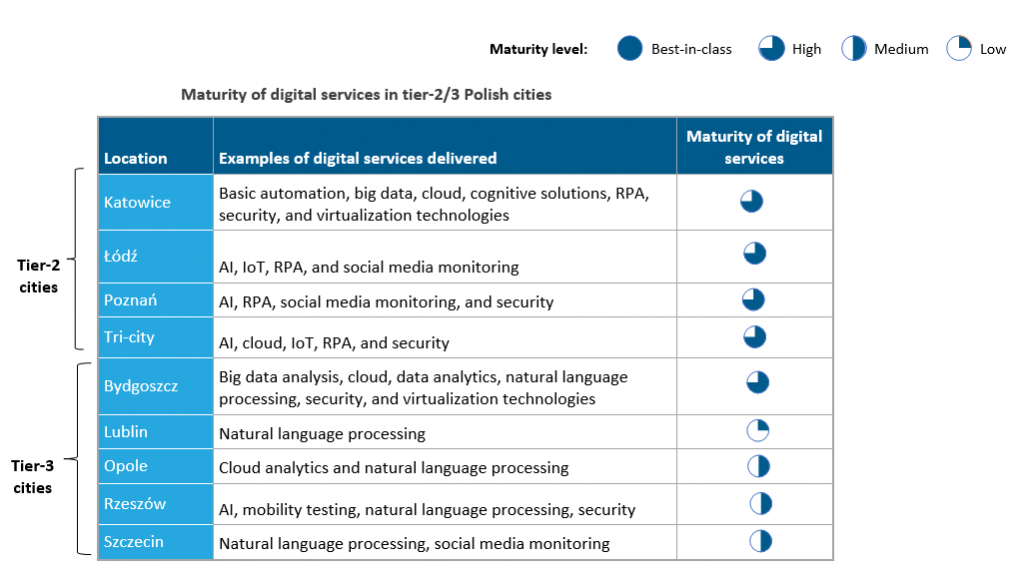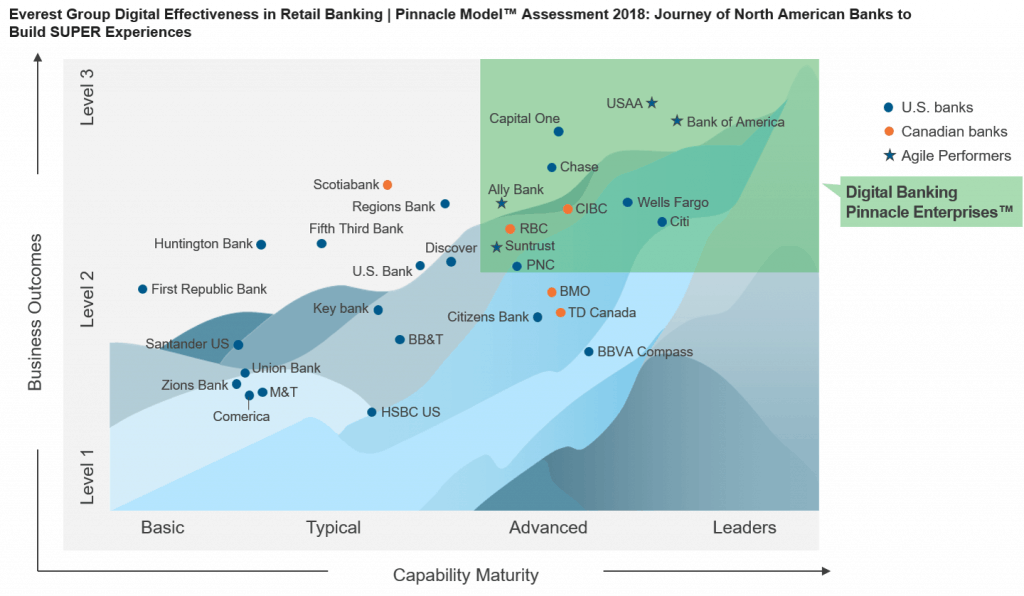January 8, 2018
What are the major areas where companies will focus their spend on technology or third-party services this year? What challenges will impact those investments? In reviewing the trends in 2017, I believe we’ll see more of the same this year and an increase in digital adoption. However, I believe we’re at the beginning stages of a megatrend for the next five years, and I’m calling the start of this phenomenon: I believe 2018 will be the year of IT modernization.
Over the next five years, large enterprises will drive relentlessly to modernize their IT environment. This activity will range from moving workloads out of legacy environments into the cloud, adopting agile and DevOps and investing much more deeply and thoroughly in world-class security.
I differentiate modernization from digital transformation. I see a different set of initiatives occurring often in the same companies, which I characterize as digital transformation. These initiatives often use some of the same technologies; however, they arise from the business and are focused on achieving competitive advantage. The funding, project management, and impact on change management are different in kind and scope. The rise of IT modernization will not slow the need and velocity of digital transformation, which I believe will continue to grow as well.
With respect to digital transformation, we can expect the 2017 trend of digital pilots moving to much bigger programs to continue. However, change management and business model redesign will be a major constraining factor for successful digital transformation, and I believe we’ll see companies start focusing more on managing digital change.
As IT organizations prepare for modernization, they increasingly focus on three main journeys:
- The journey to cloud resulting in establishing cloud as the infrastructure of choice
- The journey from waterfall to agile
- The journey to implement adequate security.
IT modernization will sweep across an organization’s entire IT portfolio, rethinking and restructuring infrastructure, networks, applications, and the process and policies that govern them. I expect IT modernization to drive a profound rethink of the enterprise IT structure as it will both collapse the IT stack and cause organizations to align services by end-to-end functions rather than horizontal functions. In contrast, digital transformation goes end to end and integrates the portfolio. In digital transformation, a company considers pulling workloads and activity out of the enterprise IT function or segmenting it into a different organization that is run end to end.
The results of this modernization will lead to a dramatic decrease in IT costs, while significantly increasing the speed and agility of IT’s ability to react in a timely fashion to business demand. This sudden increase in efficiency will have a dramatic effect on the service provider community, shrinking their existing revenue streams while demanding new skills and capabilities.
The new business models that emerge from this transformation are unlikely, at least at first, to be as profitable as the existing business models based on labor arbitrage. The combination of reduced revenues and lowered margins will place the incumbent service providers in a dilemma with very substantial conflicts of interest. The necessity to protect revenues and keep margins high is likely to make the incumbent service providers poor partners in the emerging digital marketplace.
One potential bright spot for the imcumbents, at least in the short run: although the overall legacy services segment will shrink, I believe IT modernization will result in a set of workloads with new workloads for service providers. For legacy workloads that have not been outsourced and are not ready to be modernized, companies will need to put them into a stable environment. I believe some of those workloads will move to the services market so companies can focus on modernization rather than legacy. This new work for service providers will partially offset some of the runoff that is happening because of IT modernization.
As I look forward to spending trends and challenges for this year, I think Robotic Process Automation (RPA) is hot and will continue to grow in adoption. Artificial Intelligence (AI) is starting to build momentum, and I think it will be red hot in 2018. I see AI being more disruptive than RPA and, therefore, causing greater change management and business model changes than RPA. RPA adoption already was constrained by change management issues in 2017, and I believe AI will be even more constrained by these issues because of its deeply disruptive nature.
We will also see blockchain technology grow in adoption. Although blockchain is truly a disruptive technology, its disruption will focus on specific areas where a distributed ledger can be applied (in comparison to AI, which has a broader set of uses than blockchain). 2018 will see a greater number of blockchain pilots, and some pilots will become programs. However, like AI, RPA and other new technologies, disruptive business model changes will be a major constraint to adoption.


